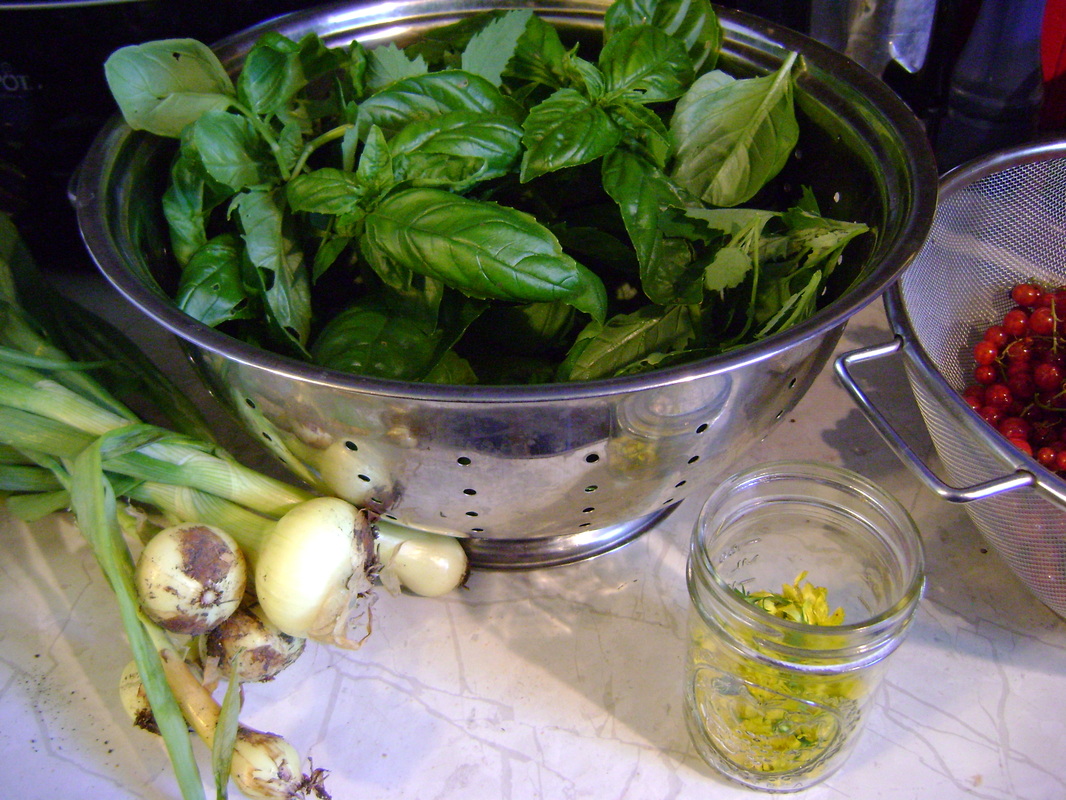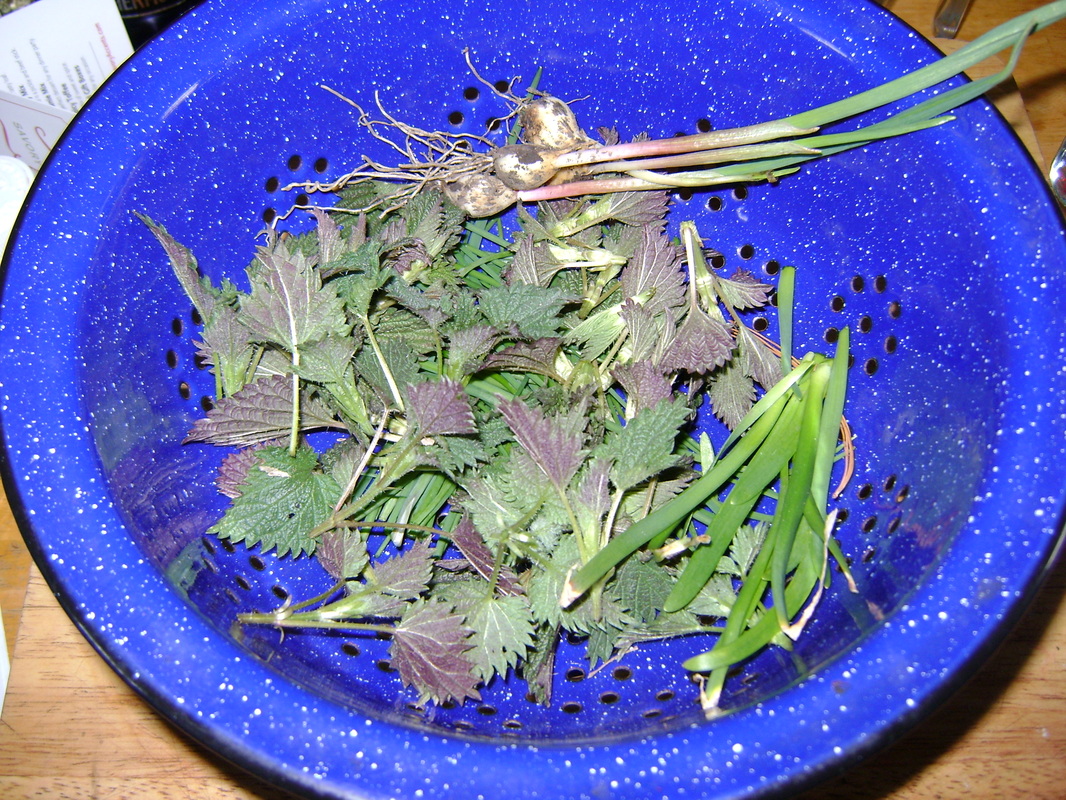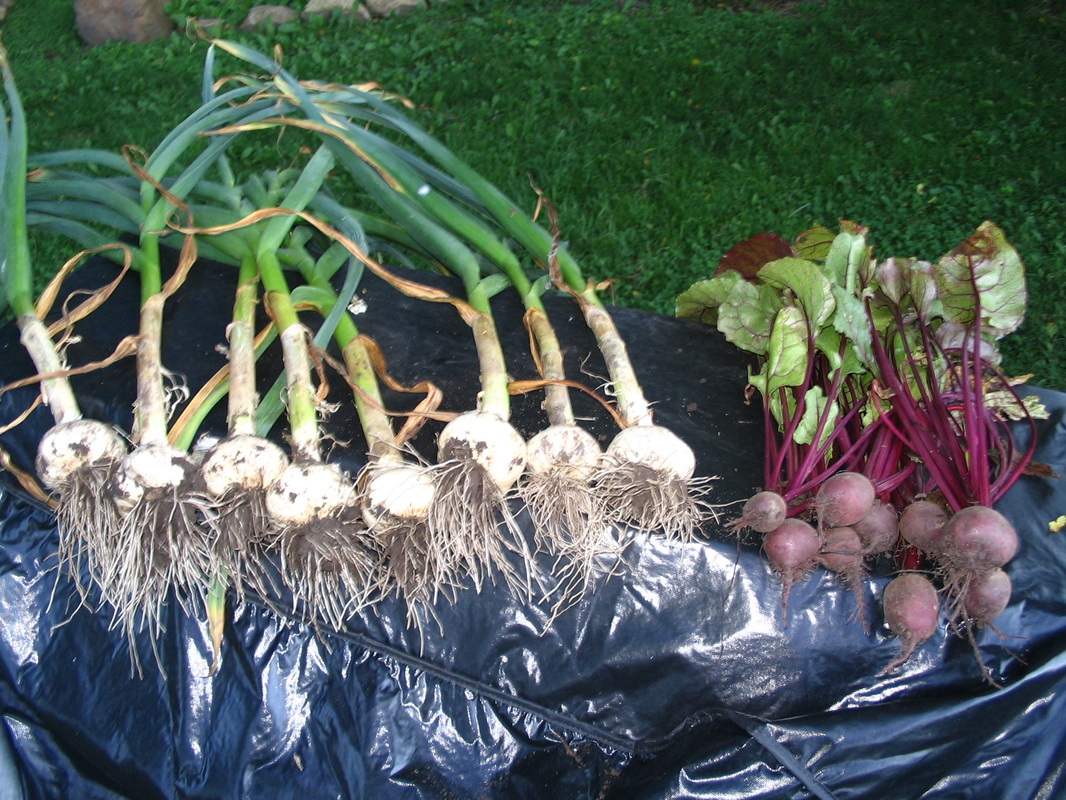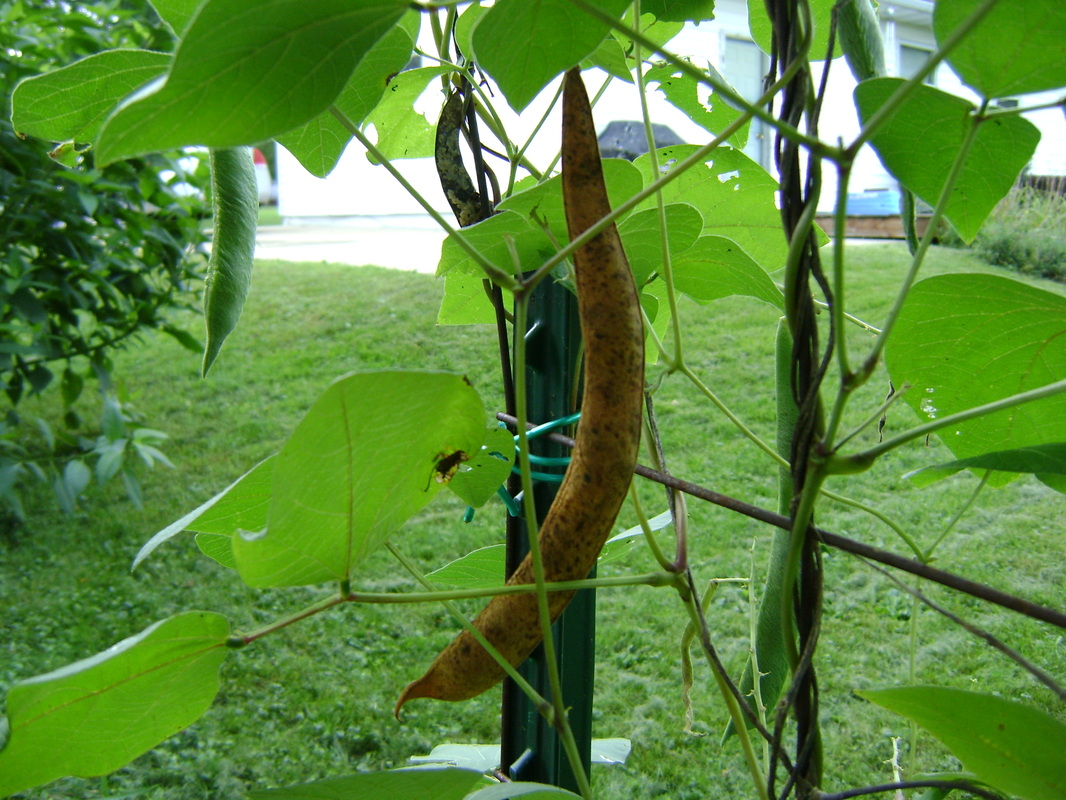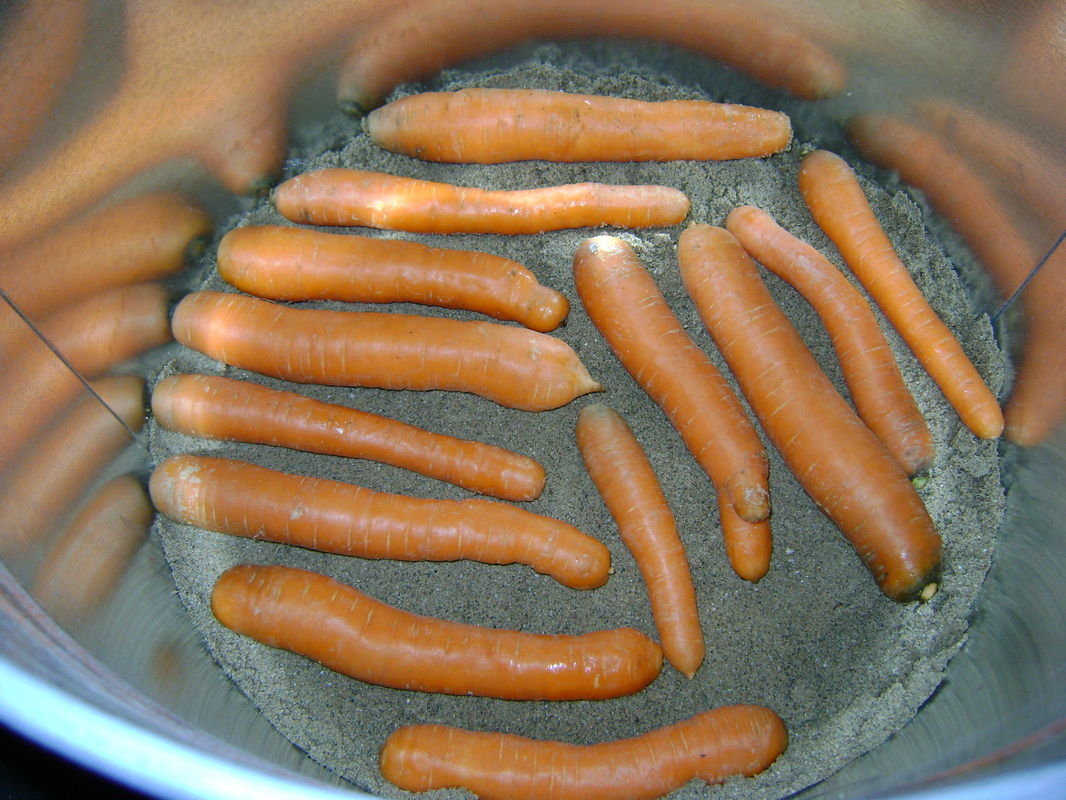HARVESTING, EATING
|
This lengthy list is more of a wish list of what I'd like to do than a list of everything I can find the time to do, so don't be intimidated. It may make it look like we harvest enough to feed ourselves year-round, but that's not the case at all. When I list the wild grape harvest, it doesn't mean I get enough jars of the best grape jelly I've ever had to last me the whole year, I get one or two. If I actually pay attention to this list, and post it in the kitchen every Spring, I expect the amount of foods and medicines I harvest will increase. The list is meant to inspire me to do more.
I first got the idea of creating a harvest list from Sharon Astyk's book, Independence Days (see Sources below). in which she shared her own version. I've included my lists below for viewing, but you can also get a version in a Word file so you can modify it for your own harvest year:
Harvest List in a Word file
I first got the idea of creating a harvest list from Sharon Astyk's book, Independence Days (see Sources below). in which she shared her own version. I've included my lists below for viewing, but you can also get a version in a Word file so you can modify it for your own harvest year:
Harvest List in a Word file
Safety Note: I wild forage plants to eat and I use plants medicinally, both of which should only be done it you have sufficient knowledge of how to do them safely (because many plants have poisonous look-a-likes and some people may be allergic to some herbs). The information below is just a list, it's not meant to tell you how to do either of these activities, but it may inspire you to learn more about them when you see how much the plant kingdom has to share with us.
SPRING HARVEST:
|
|
SUMMER HARVEST:
|
|
Bear's Cute Quote:
Know Thy Yard & Eat It
FALL HARVEST:
|
After Frost (happens between Sept. 27 & Oct. 3):
|
Key to Sources Mentioned:
ID = Independence Days: a Guide to Sustainable Food Storage & Preservation, by Sharon Astyk. ISBN: 978-0-86571-652-0
NG = Nature’s Garden: A Guide to Identifying, Harvesting, and Preparing Edible Wild Plants, by Samuel Thayer. Wild forging book from a Wisconsin author. ISBN: 978-0-9766266-1-9.
PV = Perennial Vegetables: From Artichoke to “Zuiki” Taro, a Gardener’s Guide to Over 100 Delicious, Easy-to-Grow Edibles, by Eric Toensmeier. ISBN: 978-1-931498-40-1. $35. A great source for information about little known perennial vegetables.
Stalking the Wild Asparagus by Euell Gibbons. ISBN: 0-911469-03-6. A classic published in 1962 about edible weeds and wild foraging. Has very good instructions on preparing wild foods.
Living with Herbs: A Treasury of Useful Plants for the Home and Garden, by Jo Ann Gardner. ISBN: 0-88150-359-2. Learn about some multi-purpose, edible plants.
Index Cards, Blue Binder = These are other ways I try to keep the vast amount of information I'm learning accessible. The index cards have my garden notes and recipes, the blue binder stores my canning records. I'll be adding more about these later.
NG = Nature’s Garden: A Guide to Identifying, Harvesting, and Preparing Edible Wild Plants, by Samuel Thayer. Wild forging book from a Wisconsin author. ISBN: 978-0-9766266-1-9.
PV = Perennial Vegetables: From Artichoke to “Zuiki” Taro, a Gardener’s Guide to Over 100 Delicious, Easy-to-Grow Edibles, by Eric Toensmeier. ISBN: 978-1-931498-40-1. $35. A great source for information about little known perennial vegetables.
Stalking the Wild Asparagus by Euell Gibbons. ISBN: 0-911469-03-6. A classic published in 1962 about edible weeds and wild foraging. Has very good instructions on preparing wild foods.
Living with Herbs: A Treasury of Useful Plants for the Home and Garden, by Jo Ann Gardner. ISBN: 0-88150-359-2. Learn about some multi-purpose, edible plants.
Index Cards, Blue Binder = These are other ways I try to keep the vast amount of information I'm learning accessible. The index cards have my garden notes and recipes, the blue binder stores my canning records. I'll be adding more about these later.
